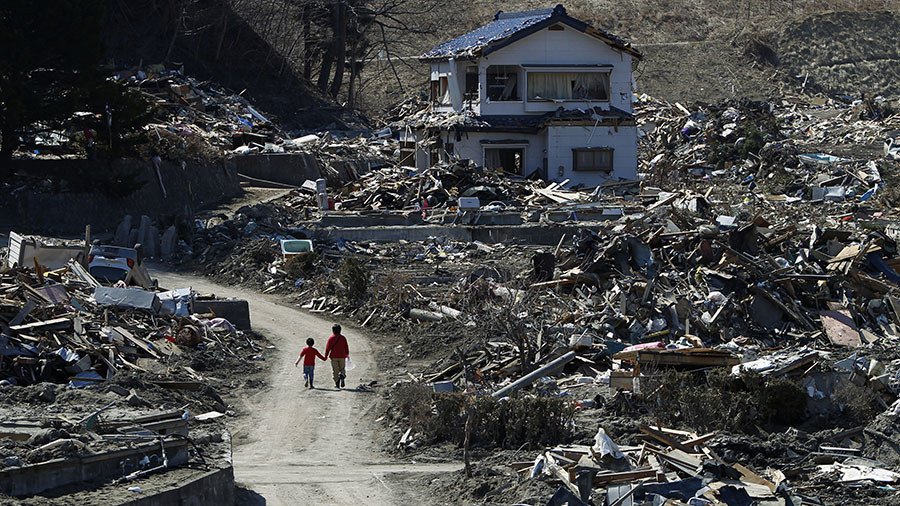The decommissioning of the Fukushima nuclear power plant will cost an annual $2 billion (220 billion yen) until 2021, an unnamed source told the Japan Times.
Half of the money will be used to tackle the radioactive water buildup at the site of the plant and for removing radioactive fuel from the fuel pools. A small amount of funds will be used to research ways of retreating melted fuel from the reactors that got damaged during the 2011 tsunami disaster.
The $6 billion for the three years is only part of the total estimated cost for taking Fukushima out of operation.
The total decommissioning tally came in at $75 billion (8 trillion yen), as estimated by the specially set up Nuclear Damage Compensation and Decommissioning Facilitation Corp (NDF). That’s four times more than the initial estimate of the costs around the NPP’s decommissioning.
Now the operator of Fukushima, Tepco, and the NDF are due to submit their financial plan for the facility to the government for approval by the energy industry minister.
In addition to the $6 billion allocated for the cleanup, Tepco will spend another $1.88 billion (200 billion yen) on preparing to start extracting the melted fuel from the three damaged reactors. This seems to be the biggest challenge for the cleanup efforts because of the still high radiation levels as well as technical difficulties.
Tepco is still reeling from the effects of the 2011 tsunami and resulting nuclear meltdown. Around 15,000 people died in March 2011, when a magnitude-9 quake caused a deadly tsunami and erased the coastline in the area of the nuclear power plant.
At the end of 2016, the Japanese government revised upwards the total costs of the disaster to $192 billion (21.5 trillion yen), stepping up pressure on Tepco to clean up its act and implement urgent reforms to its safety procedures.
This article was originally published on Oilprice.com

